What was life like in ancient Rome? These finds from 2022 reveal a luxurious lifestyle
The Roman Empire once stretched across swathes of Europe, the Middle East and North Africa to encircle the Mediterranean Sea. While the empire is long gone, remnants of its inhabitants’ lives remain scattered throughout the region, waiting to be rediscovered.
From the Netherlands to Morocco, archaeological findings in 2022 revealed the luxurious lifestyle of ancient Romans.
Archaeologists in Novae, Bulgaria, were excavating a Roman military camp when they found an “ancient fridge,” a food storage unit made of ceramic plates. The fridge still had animal bones, dish fragments and traces of cooked meat inside.
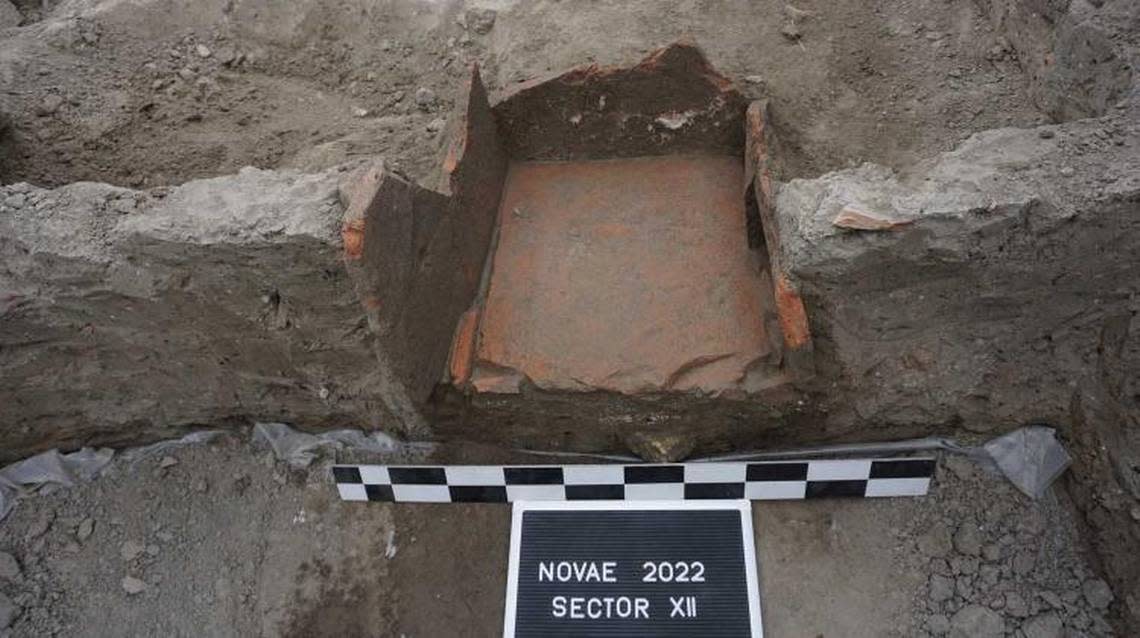
Another breakthrough of culinary history came from Italy’s iconic Roman Colosseum, or, more accurately, from the building’s much-less-iconic sewers. Plumbing excavations found traces of vegetables, small fruits and even pizza.
The sewer system revealed the types of foods spectators snacked on as they watched performances — and the bones of animals that met their fate in the arena.
Sewer leftovers aside, ancient Romans kept food and many other materials in ceramic pottery. Archaeologists in Italy found pottery and ceramics so frequently while excavating the ruins of Falerii Novi, an ancient city about 30 miles north of Rome, that they dubbed it the “tupperware of antiquity,” after a brand of 1940s plastic containers.
For ancient Romans, luxurious living extended beyond the kitchen. Intricate mosaics were found on the floors of a 1,700-year-old villa in Rastan, Syria, and a 2,000-year-old villa in Naples, Italy, that once belonged to Emperor Octavian Augustus.
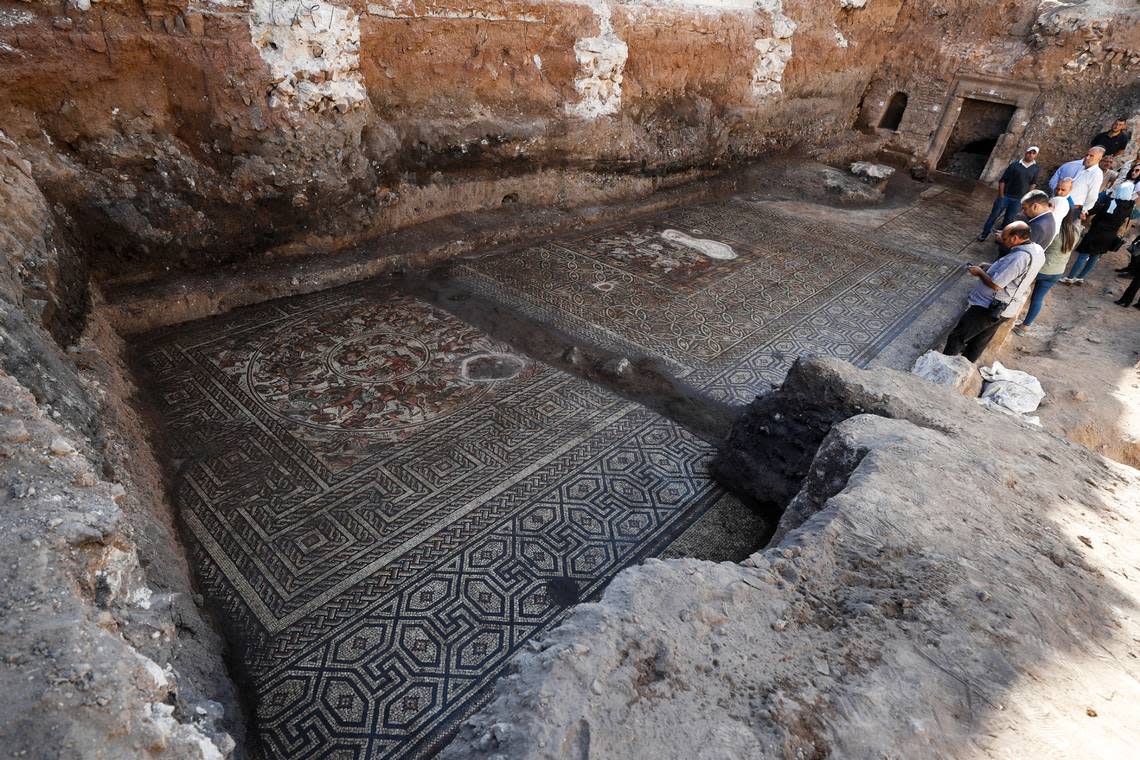
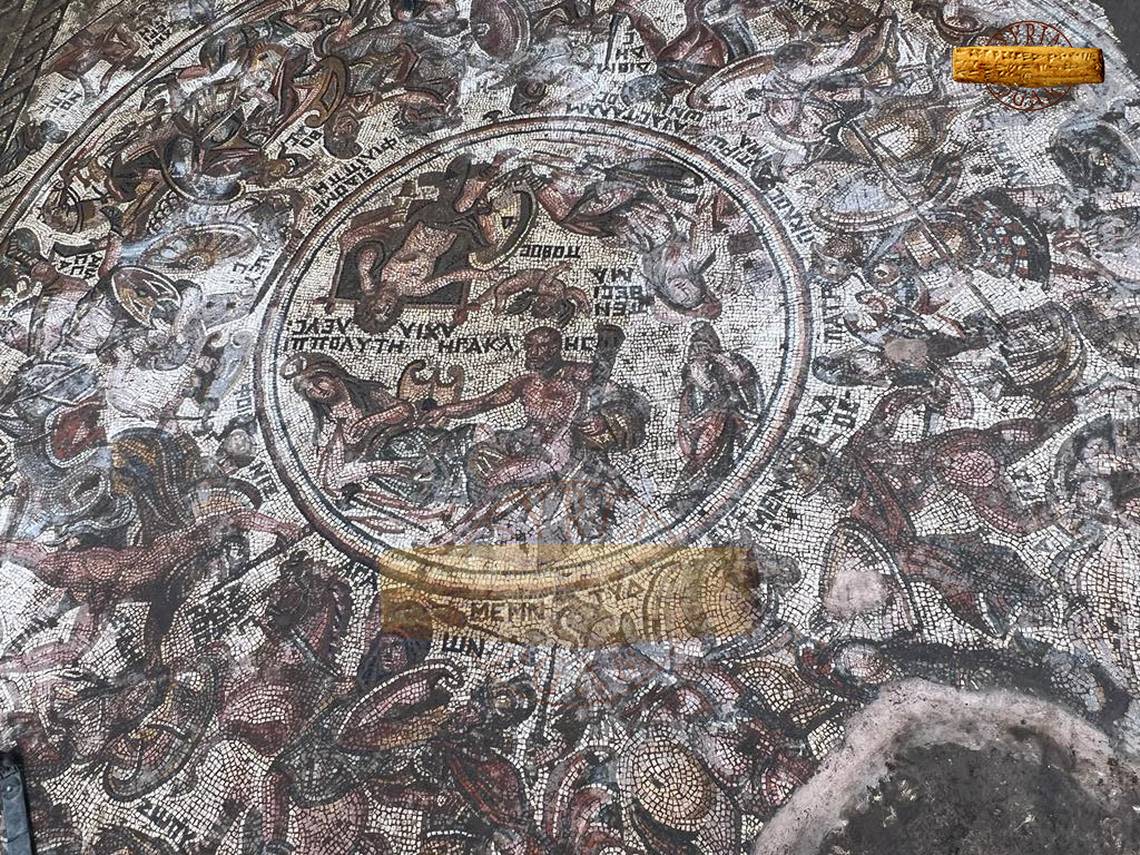
Excavations at another Roman villa in Trottiscliffe, United Kingdom, uncovered a partially intact central heating system. A rare discovery, the hypocaust system involved a series of pillars under the villa where wood fires would be built to heat the flooring and building above.
The religious spaces of Romans also boasted examples of decadent living. Excavations near a temple in Esna, Egypt, uncovered a multi-level bathroom dating to Roman times. In the bathroom, archaeologists found bathtubs, a possible bathing seat and corridors for hot air and water to reach the tubs.
At a nearly complete sanctuary complex in Gelderland in the Netherlands, researchers found numerous altars Roman soldiers placed at various temples as a show of gratitude to various deities. Many altars had inscriptions dedicating the slabs to Roman and Roman-German deities.
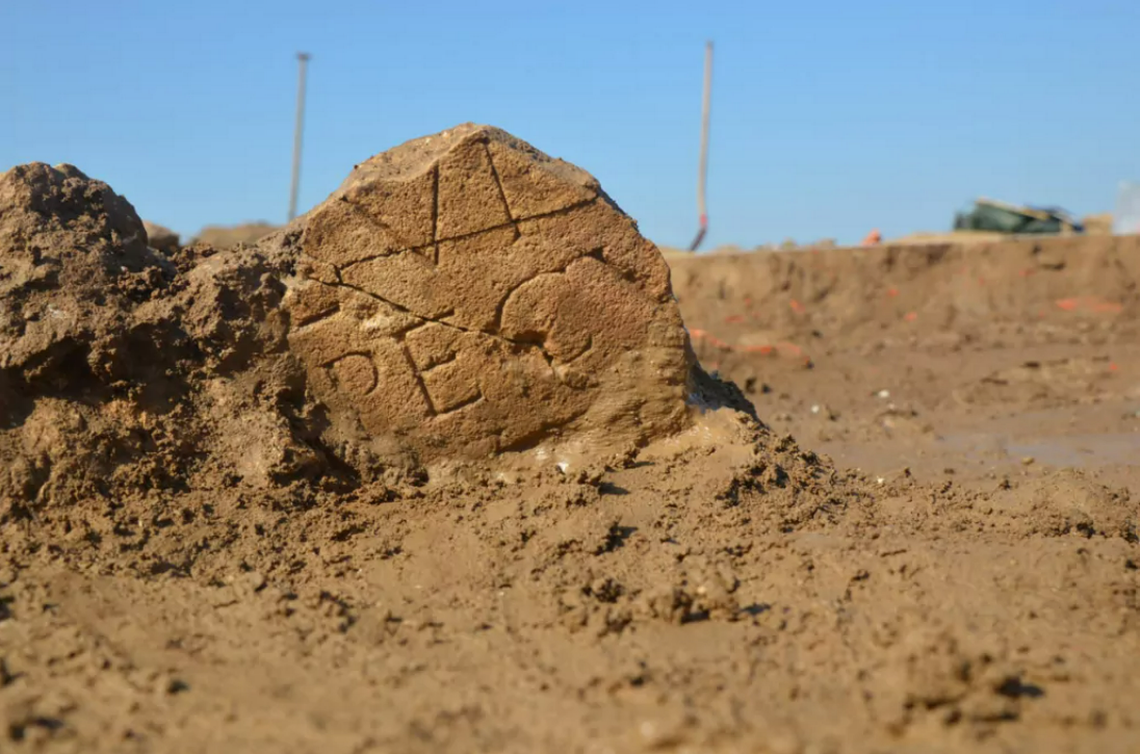
A thermal hot spring by the ruins of a Roman sanctuary in Tuscany, Italy, contained another type of religious offering. During ancient times, the hot muddy waters were considered sacred, leading people to place offerings inside. Archaeologists found more than 20 bronze statues and 5,000 silver, gold and bronze coins preserved in the hot spring. Some of these statues were standing figures, others more like busts.
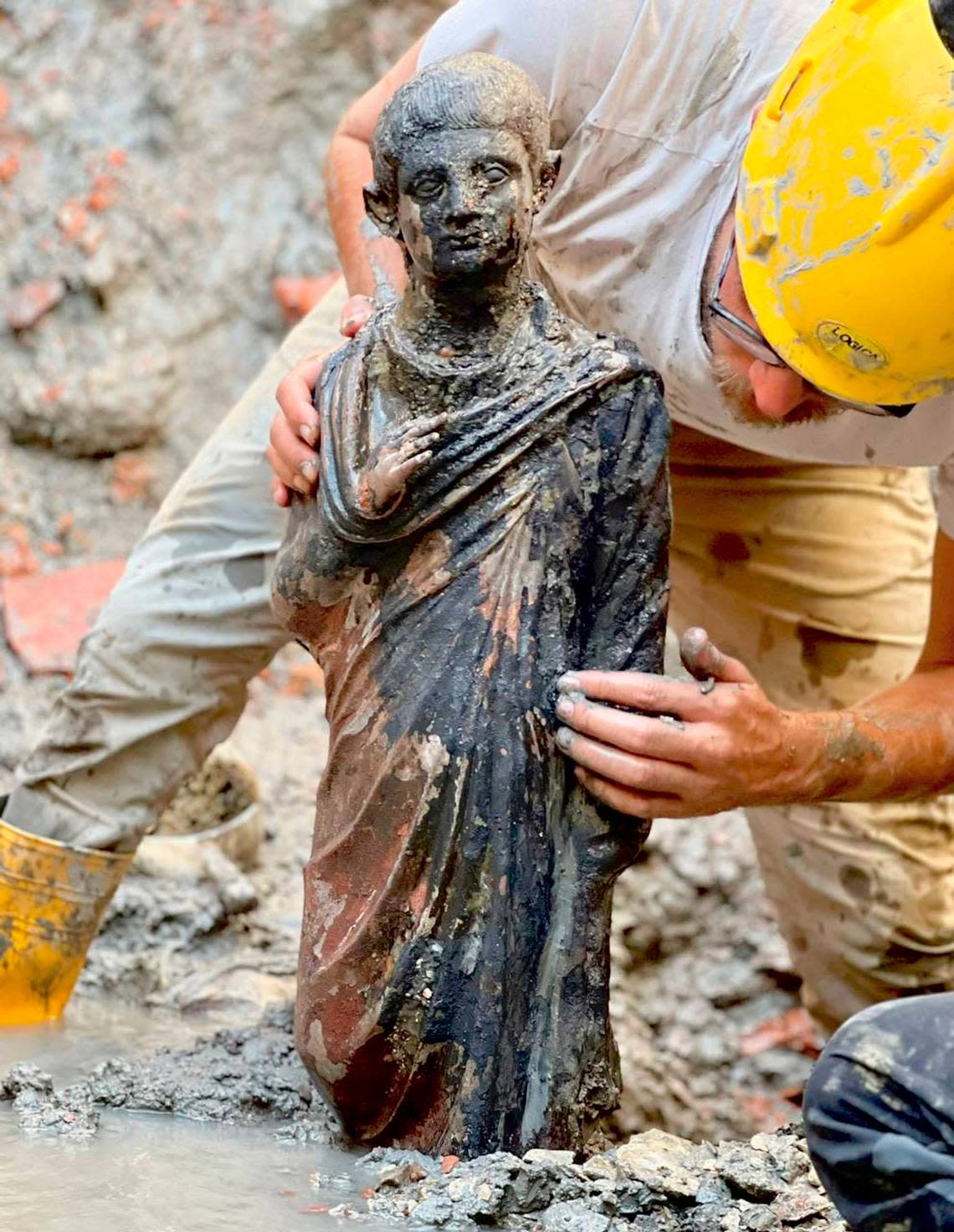
Sanctuaries weren’t the only type of ancient Roman building excavated this year. Archaeologists in Volubilis, Morocco, unearthed the remnants of a military watchtower — the first of its kind ever found in Morocco. Army accessories and javelins were also found at the site.
A much more ambiguous Roman structure was found on the Greek island of Crete. The semi-circular building with a passageway running underneath may have been a public building, such as a conservatory or local government gathering place. Although its exact purpose remains unclear, archaeologists considered the building to be the central point of the once-thriving ancient city.
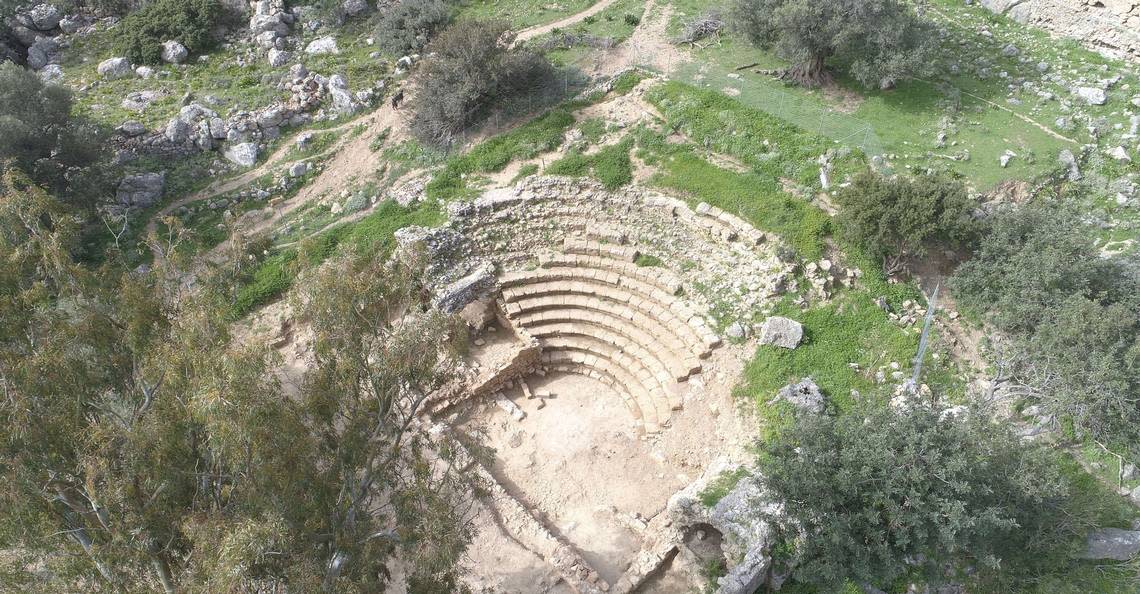
Beyond the extravagance of day-to-day life, researchers also found evidence of the extravagance of death and burial in the ancient Roman Empire. A necropolis in Antequera, Spain, revealed 54 graves and trousseau, belongings collected by a bride for her marriage. The trousseau contained 15 glass ointment vials, two jugs, 25 tokens from the most popular game in ancient Rome and glass beads.
The ancient Roman Empire lasted from 27 B.C. to 476 A.D.
13 tombs — most over 1,800 years old — unearthed on mountainside in China, photos show
1,000-year-old hall where Vikings once gathered is uncovered in Denmark, museum says
Stone dart tips found at Idaho site are oldest known weapons in Americas, experts say
